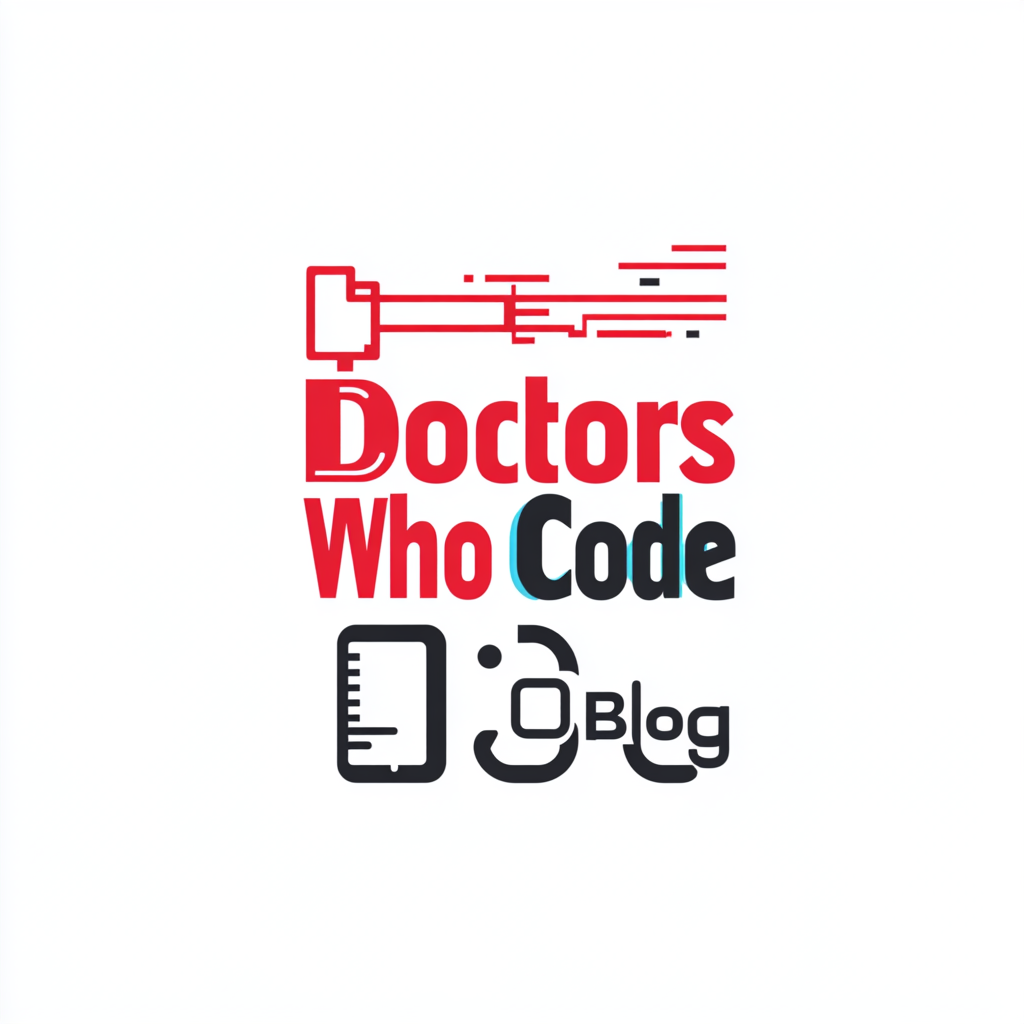Meta Description
Discover how telehealth and AI revolutionize care for hypertension during pregnancy. Learn the latest strategies to improve maternal health outcomes.
Introduction
Hypertension in pregnancy is one of the leading causes of complications, affecting up to 8% of pregnancies globally. Traditional in-office follow-ups for blood pressure monitoring are often missed, leaving a significant gap in care during this critical period. Enter telehealth and AI: cutting-edge solutions transforming how physicians support pregnant patients. In this two-part series, we’ll explore the role of technology in revolutionizing care for maternal hypertension, starting with telehealth’s impact on patient monitoring and outcomes.
Table of Contents
1. The Growing Challenge of Hypertension in Pregnancy
2. Why Telehealth Is a Game Changer
– What is telehealth?
– Remote monitoring for hypertension.
3. Case Studies: Impact of Telehealth in Maternal Health
4. Overcoming Barriers to Adoption
The Growing Challenge of Hypertension in Pregnancy
– Hypertensive disorders such as gestational hypertension and preeclampsia complicate up to 8% of pregnancies, with long-term risks of cardiovascular disease.
– Postpartum follow-ups are often skipped, despite guidelines recommending blood pressure checks within 7–10 days after delivery.
Why Telehealth Is a Game Changer
What Is Telehealth?
– Telehealth uses digital technology to remotely deliver healthcare. It includes tools like telemonitoring and smartphone apps for real-time patient data tracking.
Remote Monitoring for Hypertension
– Patients use devices to measure blood pressure at home.
– Data is securely transmitted to healthcare providers, enabling proactive interventions.
– Studies show remote monitoring improves follow-up compliance by 30% compared to in-office care.
Case Studies: Impact of Telehealth in Maternal Health
– Remote Monitoring Success:
A randomized trial found that 91% of patients using telemonitoring recorded postpartum blood pressures compared to 58% in the traditional group.
– Improving Health Equity:
Remote solutions erased racial disparities in follow-up rates, providing equal care to Black and White patients.
Overcoming Barriers to Adoption
– Challenges include:
– Lack of familiarity with technology among patients and providers.
– Limited internet access in rural or underserved areas.
– Concerns about data privacy and security.
Conclusion and Call-to-Action
Telehealth has proven to be a powerful tool in addressing gaps in maternal care, particularly for patients with hypertensive disorders. But there’s more to explore—AI’s role in enhancing patient outcomes takes center stage in part two. Stay tuned to learn how cutting-edge algorithms can transform hypertension management during pregnancy.

